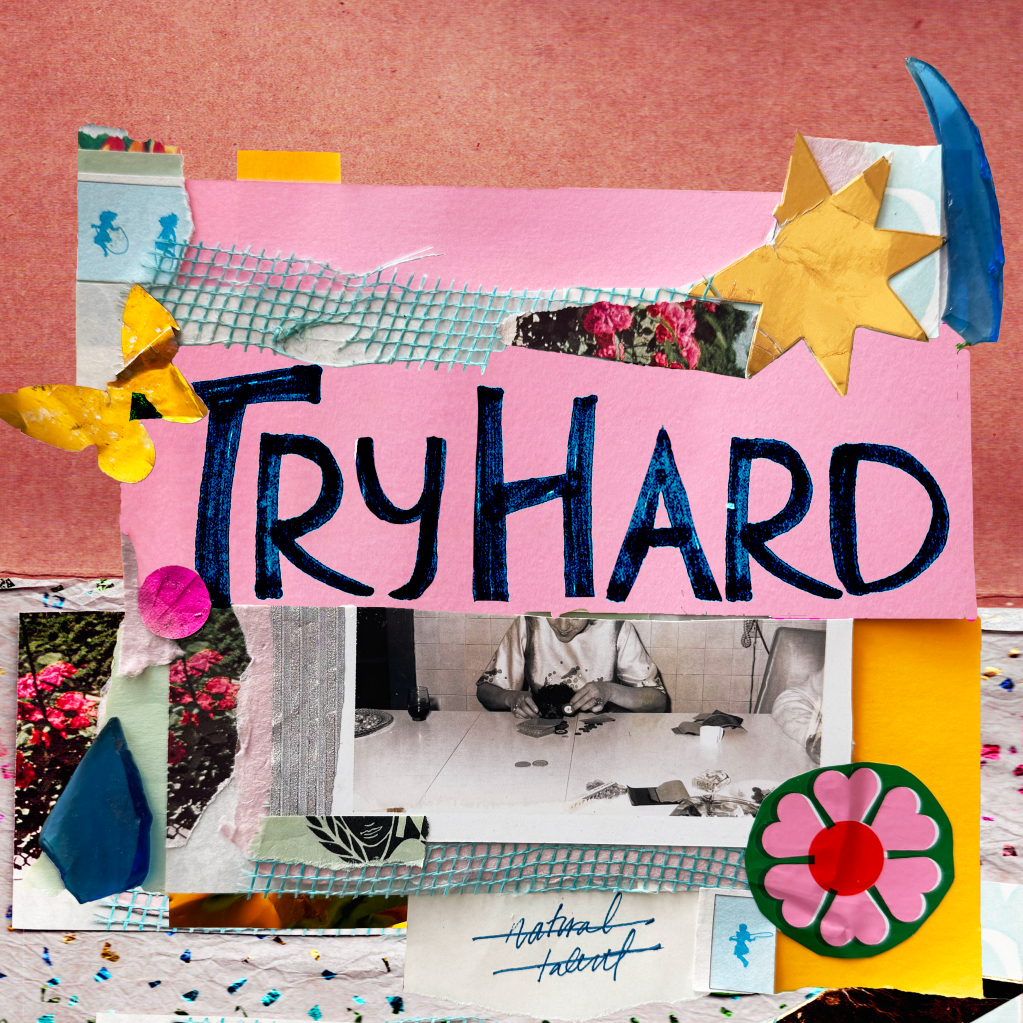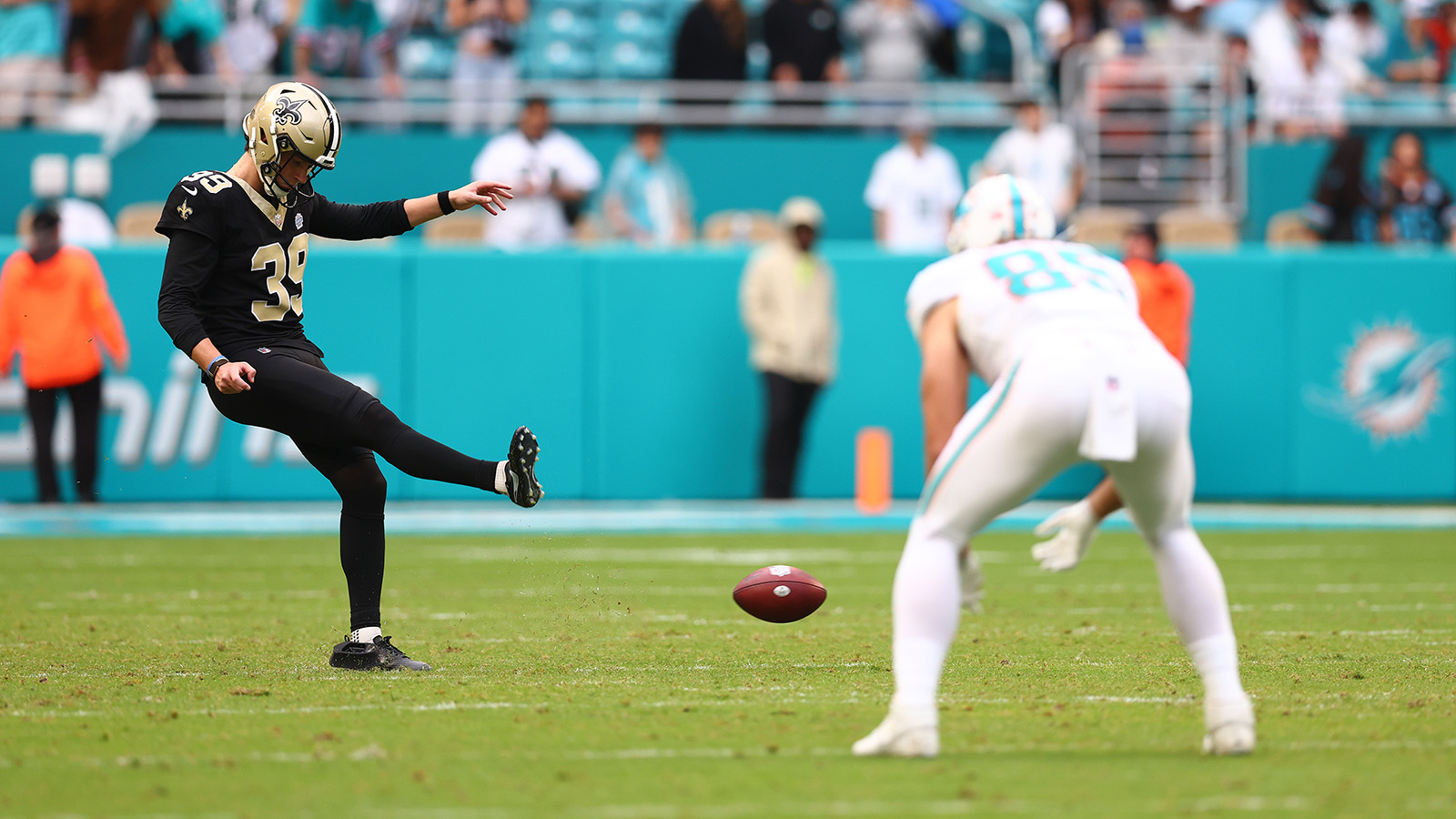My friend Sasha was banned for life from the Providence Place Mall when she was 20. She and her friends would sneak into movies at the mall’s theater through the maze of back hallways and tunnels. They climbed onto the mall’s roof. I imagine them like the subterranean ants in an ant farm: constantly scurrying, unseen and underfoot.
The only thing deterring people from entering these halls was social convention. We live in a society. We don’t walk through doors with signs that say “authorized personnel only.” That is, unless you’re a young person with a palpable disregard for authority and the social conventions upon which our society is built.
Then, one day, Sasha and her friends were caught in the mall after hours and banned, though such bans are probably difficult to actually enforce, as evidenced by the fact that Sasha told me this as we walked through the mall recently.
If any mall cops are reading this, it was my fault. I had asked her to join me to see Secret Mall Apartment, a documentary about eight artists who built and lived in a clandestine apartment in the back rooms of the Providence Place Mall from 2003 to 2007. I wanted to see it with Sasha because she’s a Providence native who was involved in the underground art scene that the secret apartment grew out of. In fact, she had been in a band with one of the secret apartment’s residents, though she didn’t know about it until the hidden apartment had been discovered and the story was national news.
Director Jeremy Workman took that story, which had become apocryphal among those in the know in Providence, to create a film using dozens of hours of footage taken on digital point-and-shoot cameras and interviews with all of the previously unnamed tenants. The film premiered at last year’s SXSW, but its theatrical release only began on March 21, 2025, in part because the production team spent a long time trying to figure out how to screen it at the Providence Place Mall.
The mall went into receivership in late 2024, but when it was initially built, it was conceived of as a boon for the revitalization of Providence, which had fallen into a post-industrial malaise by the '90s. The mall cost $500 million and was anchored by Nordstrom, Filene’s, and Lord & Taylor, none of which exist at the mall today. Now, the mall is home to numerous strange retailers as well as the classic mall brands like Zumiez and Abercrombie & Fitch, half-empty storefronts, and a food court where you can get your soggy pizza, saucy mall Chinese, or a burger. Also, there’s an Orange Julius.
After an embattled construction process that involved resistance from residents, local businesses, and neighboring cities, as well as the massive task of relocating the Woonsocket River and the Amtrak train tracks, the Providence Place Mall opened to the public in 1999. That moment, for many residents of Providence’s west side, hearkened a new wave of gentrification that has continued for the last 25 years.
At the time the mall opened, Michael Townsend was an artist and RISD professor living in a collective work-live space called Fort Thunder, which was located in a rundown mill in Providence’s Olneyville neighborhood. Fort Thunder was the center of Providence’s noise rock scene and hosted concerts, art shows, and wrestling matches. Around the time the mall was constructed, developers came sniffing around Olneyville and kicked the Fort Thunder folks out to build a strip mall.
Displaced from their homes and smarting from the euphemistic developer rhetoric of revamping “under-utilized spaces,” Townsend and his crew came up with a plan to develop under-utilized space they had found at the mall, just about a mile away.
Townsend had found a pocket of negative space in the back hallways inside the movie theater. They had to navigate a tortuous—and dangerous—route through the dark to get there. But once there, they were insulated from the rest of the mall, completely undetected. The group documented themselves as they slowly moved improbably huge furniture up long ladders and snuck in enough cinderblocks to build a wall with a locking door. They set up a PlayStation and a dining table and slept in sleeping bags on the thrifted couch they hauled up there. They even had plans to install a water pump so they could have a working bathroom and kitchen.
It was part prank, part performance art, part protest. It was a secret at the time, but the tenants documented the process of building the apartment. In one clip, a resident jokes that it’ll be a really bad day when someone unexpected walks through the door they installed. The eight residents cohabitate with the constant knowledge of the surveillance they’re skirting, the illegality of their occupancy, and the impermanence of their tenure.
While the artists lived at the mall, they collaborated on tape art projects. The film tracks them as they embark on a 9/11 commemoration project, where they taped 490 silhouettes of those killed on 9/11 on buildings around Manhattan. The work echoes the secret mall apartment; both are acts of vandalism that attempt to forge emotional connection within the confines of the capitalist urban landscape. Both are fundamentally temporary. Both could be undone at any point.
After four years, the apartment was undone. Mall security finally found the apartment while Townsend was inside it, and he was arrested. In the documentary, Townsend reenacts the day mall security finally busted him on a set recreation of the apartment. He considered running or greeting them like welcomed guests, but in the end, he knew his time was up. He was charged with trespassing and banned from the mall for life.
It was so exciting to watch Secret Mall Apartment at the very mall where the debacle took place. Watching grainy footage of Townsend stalking the exact halls I had walked to get to this theater gave me a childlike thrill that most resembled the way I felt as a kid when I saw a Froot Loops ad on TV while eating my own bowl of dry Froot Loops. Holy shit, that’s here and it’s there.
It was cool to see, but it was more than that. This small city I’ve come to call home was the backdrop to a dramatic showdown over gentrification, artistic communities, and the very question of what counts as art.
I’ve only lived in Providence for 10 months. When I found out we’d be moving here last year, I thought, “Well, there are worse places to live for a year.” Like Waco, Texas, which had also been on the list of possibilities. I watched my friends’ and colleagues’ faces screw up in pity every time I broke the news. “That is definitely … a place,” one friend said. I kept an open mind, but I wasn’t particularly excited to move to the capital city of the smallest state in our union, just far enough north to be out of Metro-North range from New York, but still on the Amtrak line so I couldn’t complain too much. I prepared for a year in a prim Northeastern city, cold in climate and temperament, overwhelmingly white in hue.
Within weeks of moving to the west side, I realized how wrong I’d been. As a former military kid, I have spent my life adjusting to new places over short periods of time. The longest I’ve ever stayed in one town was the four years I spent in Athens, Georgia, for undergrad, and even then I lived in four different places. If my life has been defined by anything, it’s learning to adapt to transience.
Providence was the most seamless transition I’ve ever experienced. Within a couple of weeks, I was waving at people on the street who I’d met at the local bookstore. Now it’s rare for me to leave the house and not bump into someone I know. It’s a sense of rootedness that I’ve experienced so few times in my life, and I’m shocked at how the city keeps unfolding in front of me. We found the best tacos my partner (a southern Californian) has eaten on the East Coast. I found out that one of my favorite writers lives two blocks away from me.
Twenty-five years after Townsend and his friends “developed” the under-utilized space in the mall, arts spaces in the city continue to struggle, rents are skyrocketing, and music venues are closing. The space where Fort Thunder used to be is now condos, and the building that used to house a Fort Thunder satellite was converted into loft apartments, which I toured last year when I was looking for housing. I pay more to rent a rickety third-floor apartment with a moth problem than I did to live in a one-bedroom in a Bed-Stuy brownstone five years ago.
And still, the creative community persists. An artist-run ice cream shop recently opened up in the neighborhood after running pop-ups in coffee shops for years. DIY art spaces abound in the old mill buildings that still litter the city’s west side. Back in the Fort Thunder days, my friend Sasha was one of the early residents of Dirt Palace, a feminist art space and community based in Olneyville. Twenty-five years later, Dirt Palace still hosts artists in residence and stages exhibitions around the city. I joined this wild theater company for a production of The Trojan Women. One friend, a writer who owns an indie bookstore, likes to call Providence “the literary capital of the world,” and it feels true.
This was always meant to be a temporary stop for us, but now that we’re reaching the end of our lease, I feel a profound and surprising grief over leaving this place behind. Like the secret apartment hiding inside a palace of gentrification, Providence turned out to be so much more than it seemed.
Townsend was allowed back into the mall for one week, and to promote the film, he and his team made tape art portraits of each of the eight residents of the secret mall apartment. After I saw the film, I rushed around the mall trying to find all of them. I found all but one.

I only live about a mile away from the mall, so I went there to write this. I thought maybe sitting in its cool fluorescent light would lend some kind of truth to a blog about an art project in a mall.
I posted up in the food court, near the doors to the back halls Sasha had shown me earlier. After an hour, my laptop’s battery started to die, so I packed up my things and went looking for an outlet. Not surprisingly, there aren’t any available outlets near the table seating at the food court. I found one quickly, though, between the Build-a-Bear Workshop and the Orange Julius. I settled onto the carpet and plugged my computer in. Twenty minutes later, a security guard in a neon green vest walked up to me.
“I’m going to need you to leave,” he said. “It’s just … they don’t like people sitting on the floor.” He pointed at a CCTV camera blinking above us. In theory, I posed a fire hazard. In practice, I was sitting out of the way in an empty, dying mall in the middle of a weekday. The only danger any of us at the mall was in was the existential malaise triggered by the posters over empty shop windows that said “I don’t have a shopping addiction, I’m helping the economy.”
I told him that was fine and took my time packing up my bag. On my way out, I found the last piece of tape art. I had walked past it on my way in, and didn’t even notice it.






